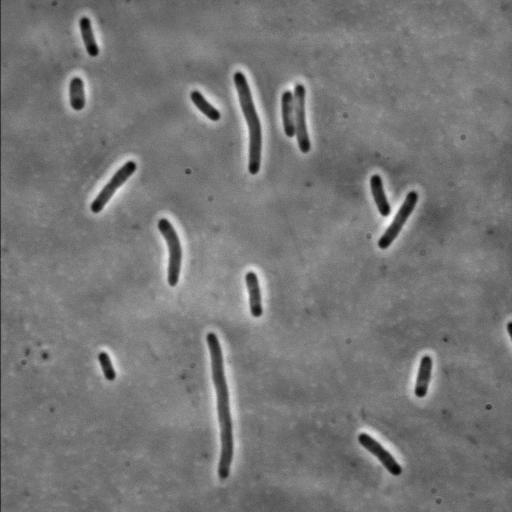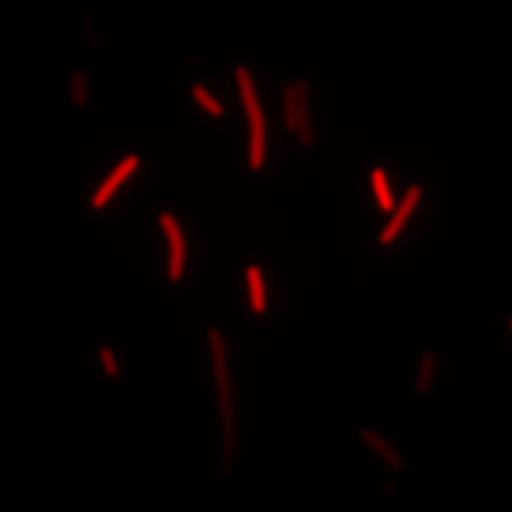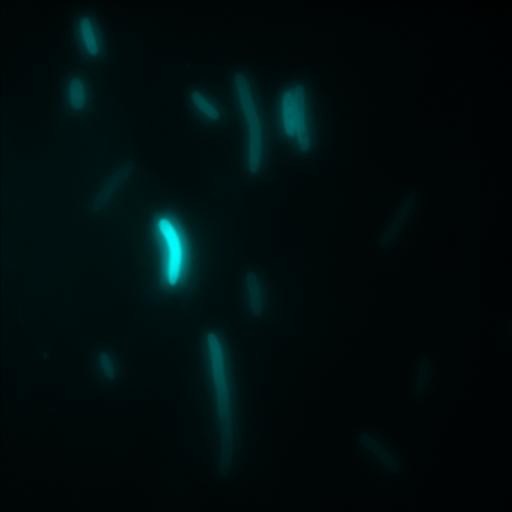Team:IIT Madras/Results
From 2009.igem.org
(→Modeling) |
Ramakrishna (Talk | contribs) |
||
| Line 45: | Line 45: | ||
[[Image:DH5aall4cases.jpg|600px]] | [[Image:DH5aall4cases.jpg|600px]] | ||
<html><br></html> | <html><br></html> | ||
| - | <html><b><font color="#000">Fig 8.1: </font></b><i>DH5a grown in LB containing no antibiotic, LB containing Ampicillin, LB containing Chloramphenicol, LB containing both antibiotics.</i></html> | + | <html><b><font color="#000">Fig 8.1: </font></b><i>DH5a grown in LB containing no antibiotic, LB containing Ampicillin, LB containing Chloramphenicol, LB containing both antibiotics. This clearly shows that DH5a cannot grow in medium with antibiotics.</i></html> |
<html><br></html> | <html><br></html> | ||
<html><br></html> | <html><br></html> | ||
| Line 75: | Line 75: | ||
[[Image:noaball4.jpg|600px]] | [[Image:noaball4.jpg|600px]] | ||
<html><br></html> | <html><br></html> | ||
| - | <html><b><font color="#000">Fig 8.5: </font></b><i>All 4 strains in media without antibiotics.</i></html> | + | <html><b><font color="#000">Fig 8.5: </font></b><i>All 4 strains in media without antibiotics. This graph clearly elucidates the fact that the cells which bear a plasmid tend to grow slower than those without it. The DH5a cells show considerably faster growth rate in the exponential phase compared to all the transformed cells. </i></html> |
<html><br></html> | <html><br></html> | ||
<html><br></html> | <html><br></html> | ||
Revision as of 00:31, 22 October 2009
Contents |
Results
Comparing the differences in the growth rates of cells with and without plasmids in various media
Growth curves

Fig 8.1: DH5a grown in LB containing no antibiotic, LB containing Ampicillin, LB containing Chloramphenicol, LB containing both antibiotics. This clearly shows that DH5a cannot grow in medium with antibiotics.
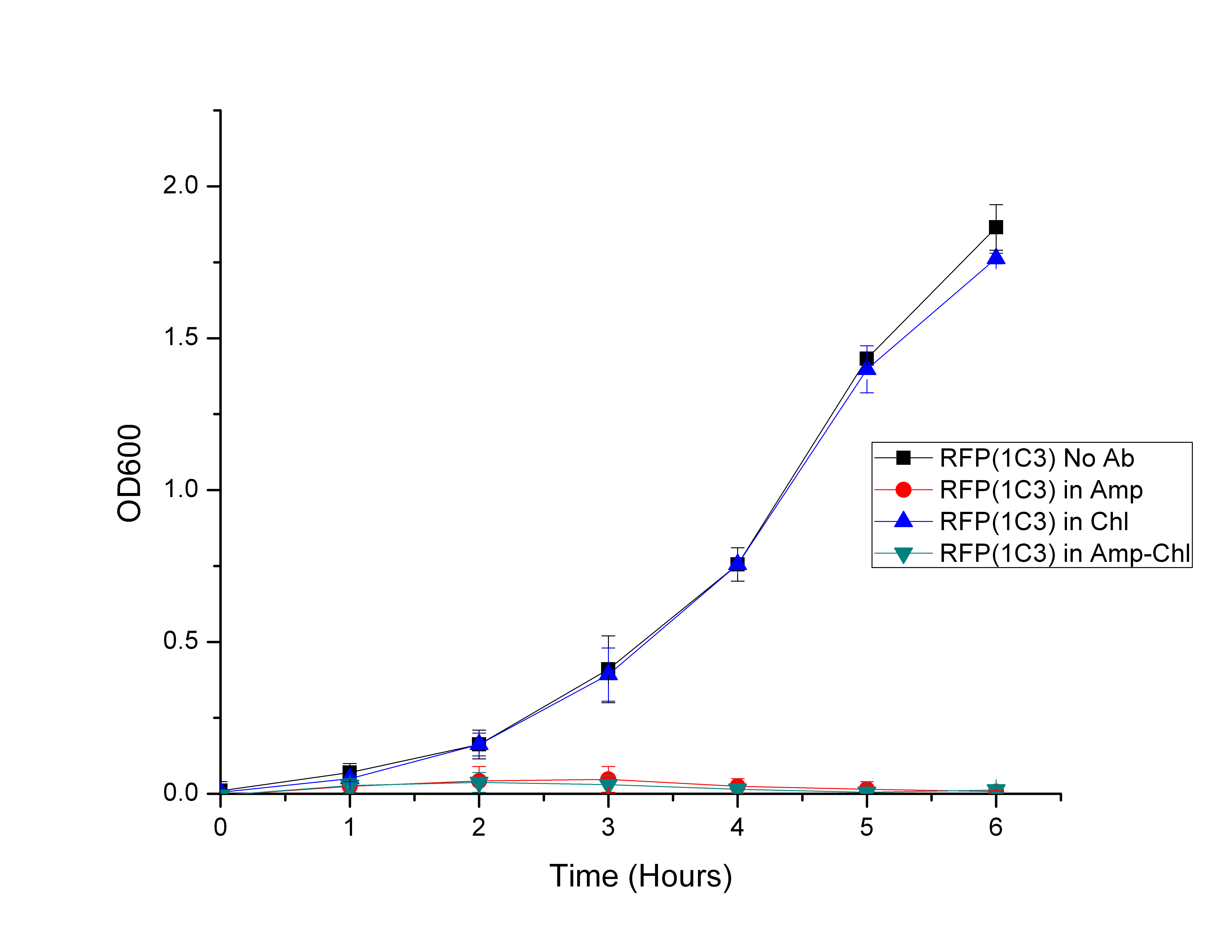
Fig 8.2: RFP (pSB1C3) contanining cells grown in LB containing no antibiotic, LB containing Ampicillin, LB containing Chloramphenicol, LB containing both antibiotics.
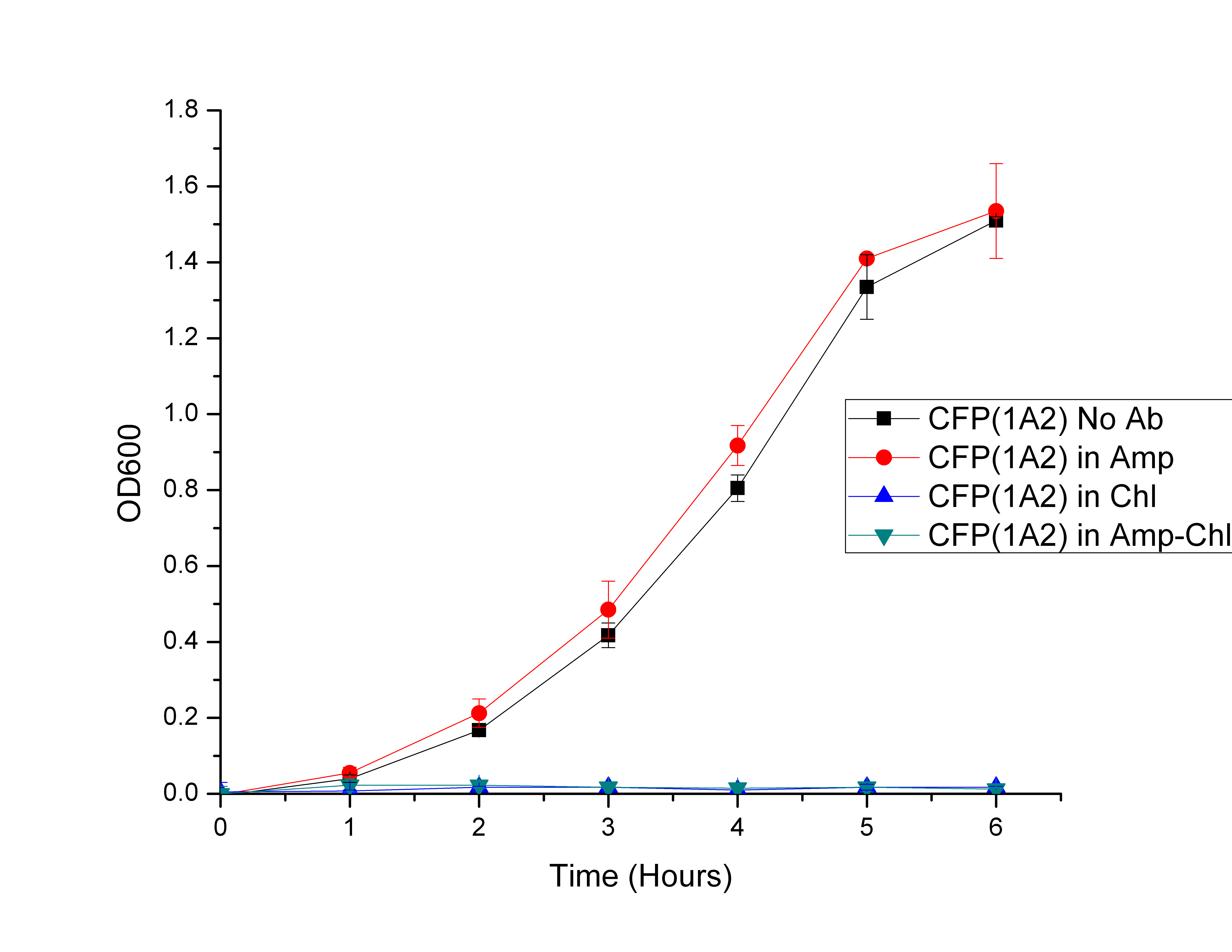
Fig 8.3: CFP (pSB1A2) contanining cells grown in LB containing no antibiotic, LB containing Ampicillin, LB containing Chloramphenicol, LB containing both antibiotics.
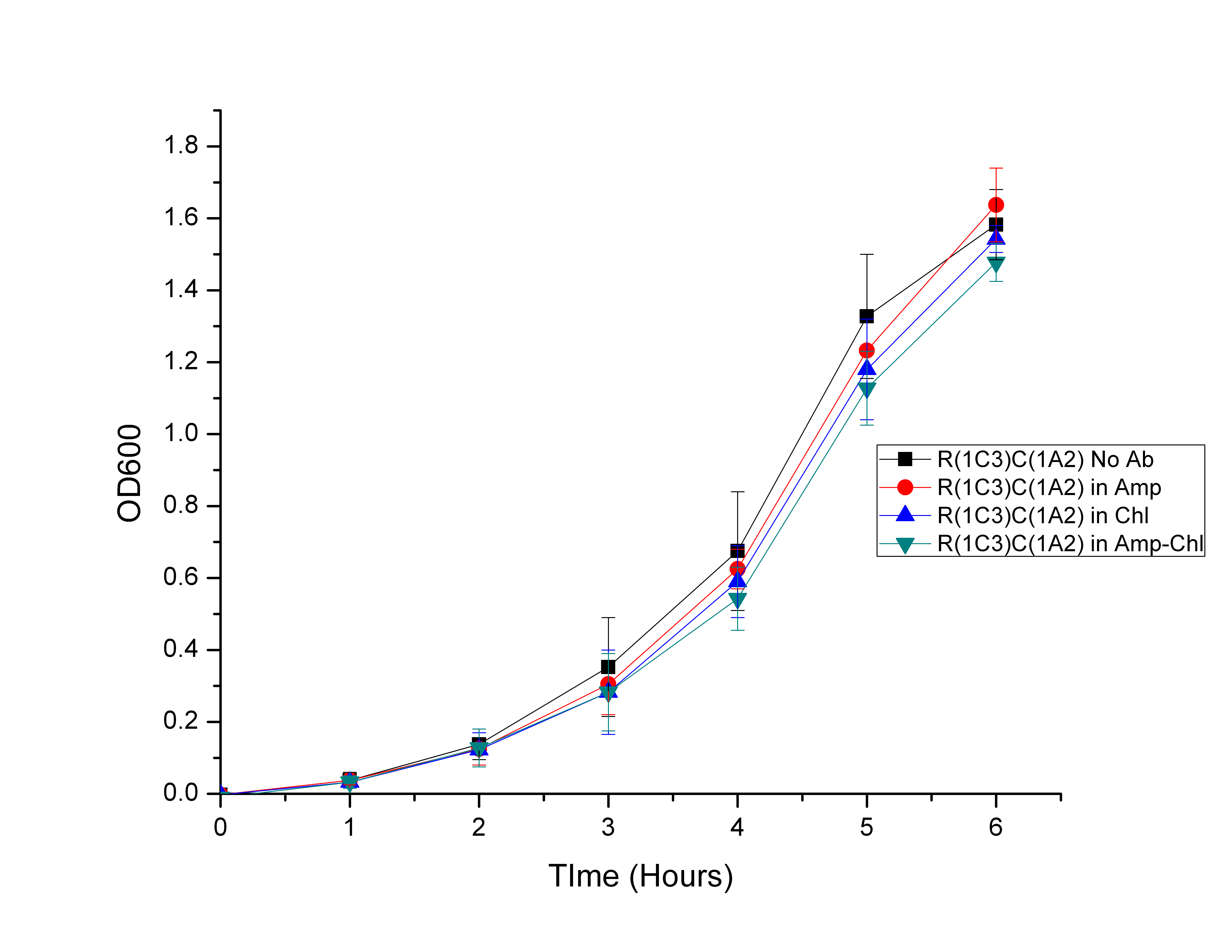
Fig 8.4: RFP (pSB1C3) - CFP (pSB1A2) contanining cells grown in LB containing no antibiotic, LB containing Ampicillin, LB containing Chloramphenicol, LB containing both antibiotics.
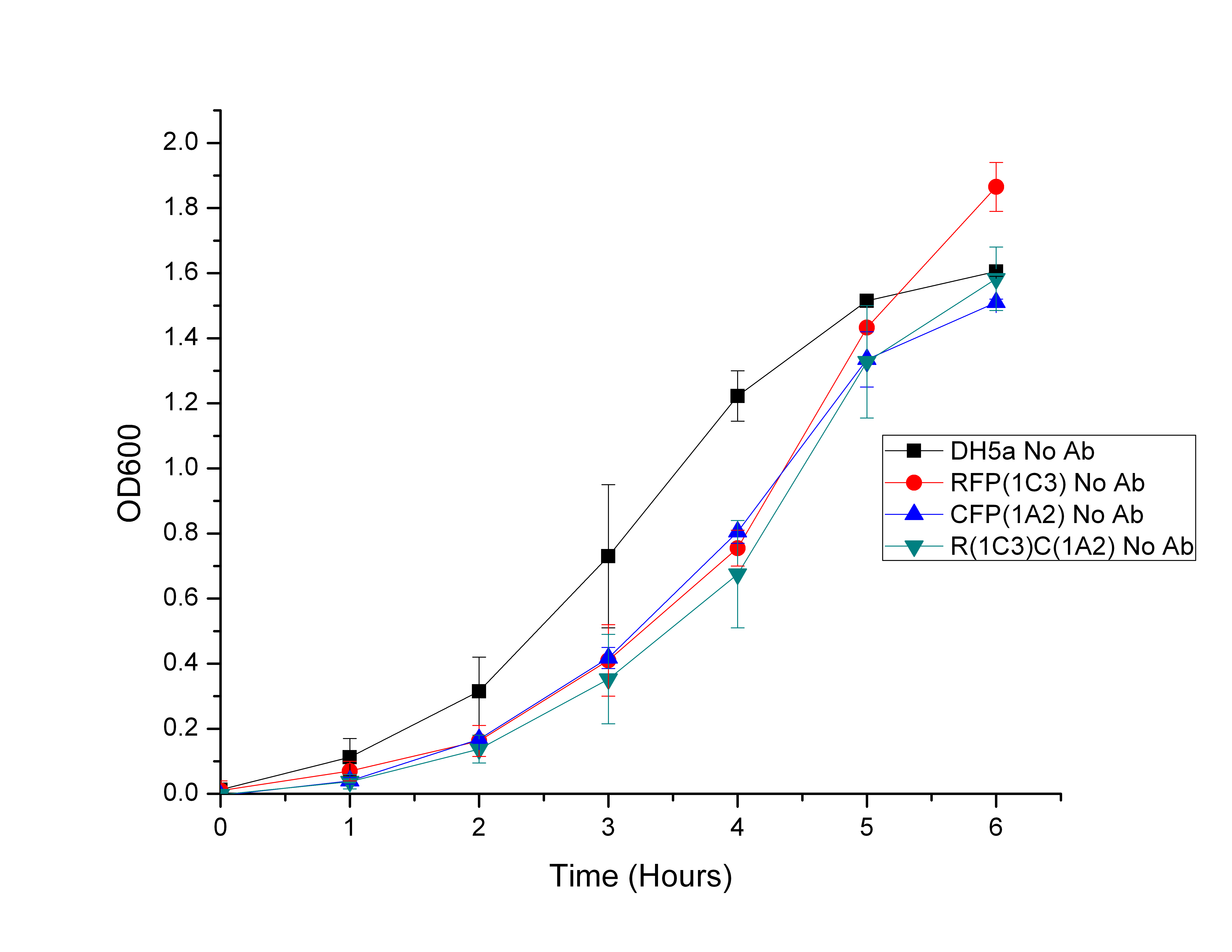
Fig 8.5: All 4 strains in media without antibiotics. This graph clearly elucidates the fact that the cells which bear a plasmid tend to grow slower than those without it. The DH5a cells show considerably faster growth rate in the exponential phase compared to all the transformed cells.
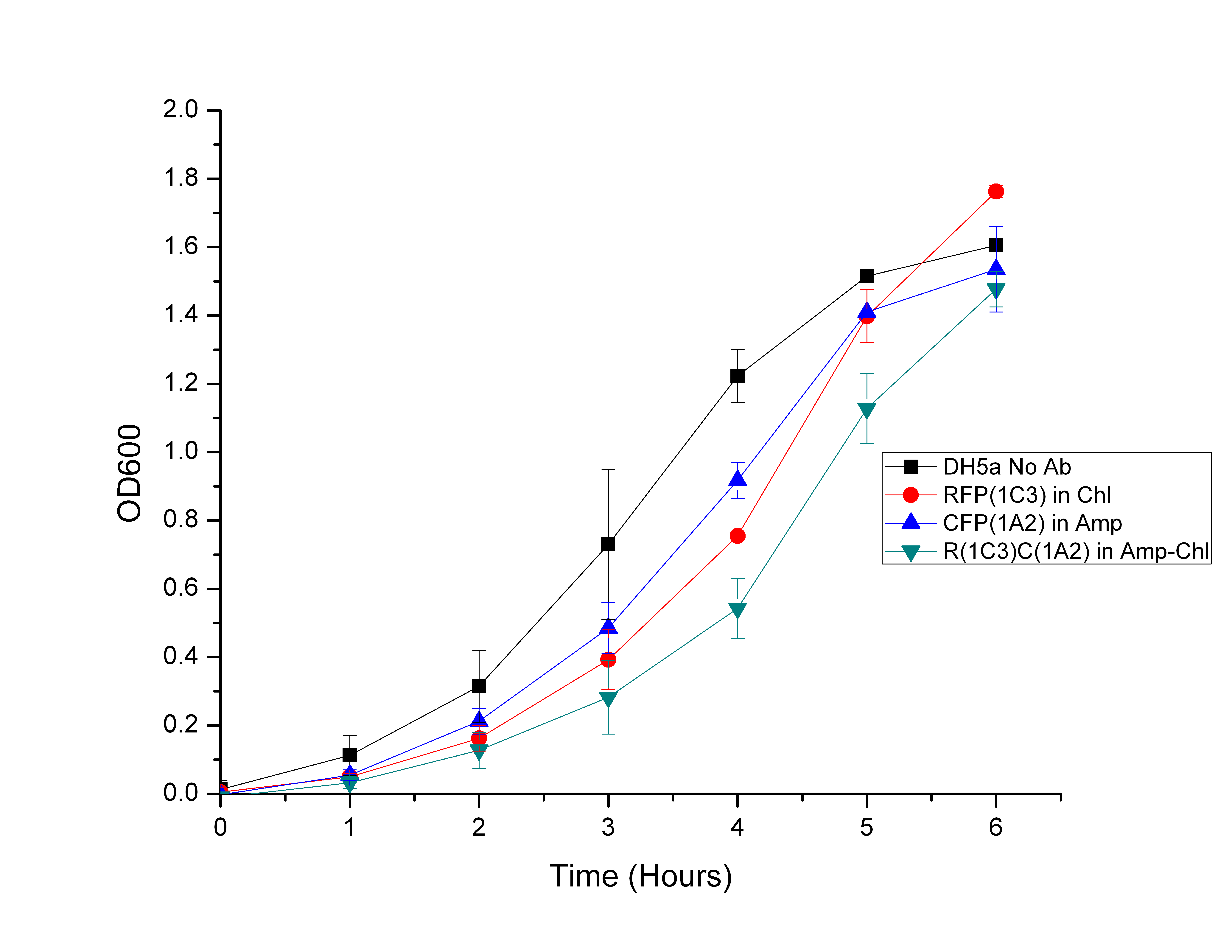
Fig 8.6: All 4 strains in their corresponding antibiotic media - DH5a in Lb without antibiotics, RFP (pSB1C3) in LB with Chloramphenicol, CFP (pSB1A2) in LB with Ampicillin, RFP (pSB1C3) - CFP (pSB1A2) cells in LB with Chloramphenicol and Ampicillin.
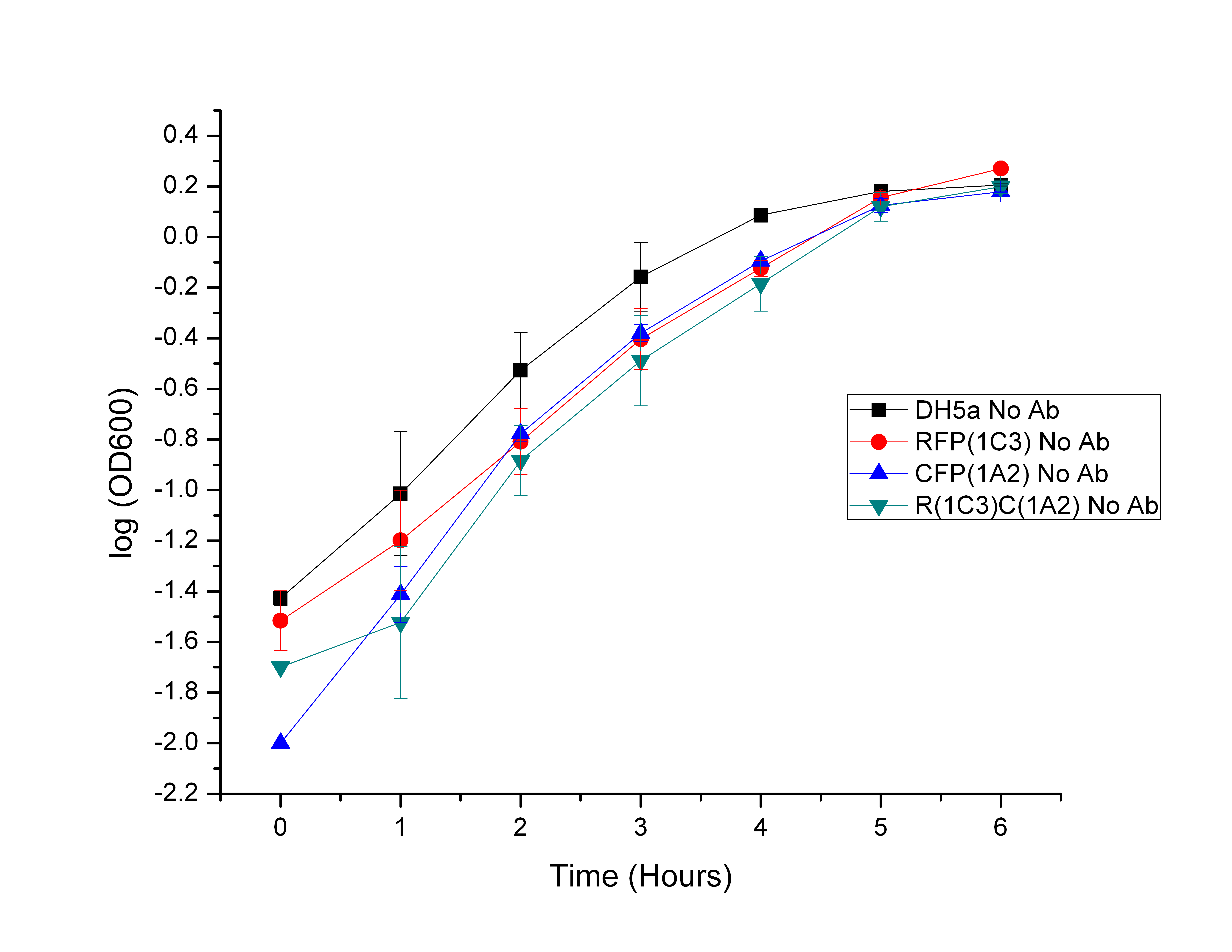
Fig 8.7: log (OD600) vs Time plot for all 4 strains in media without antibiotics.
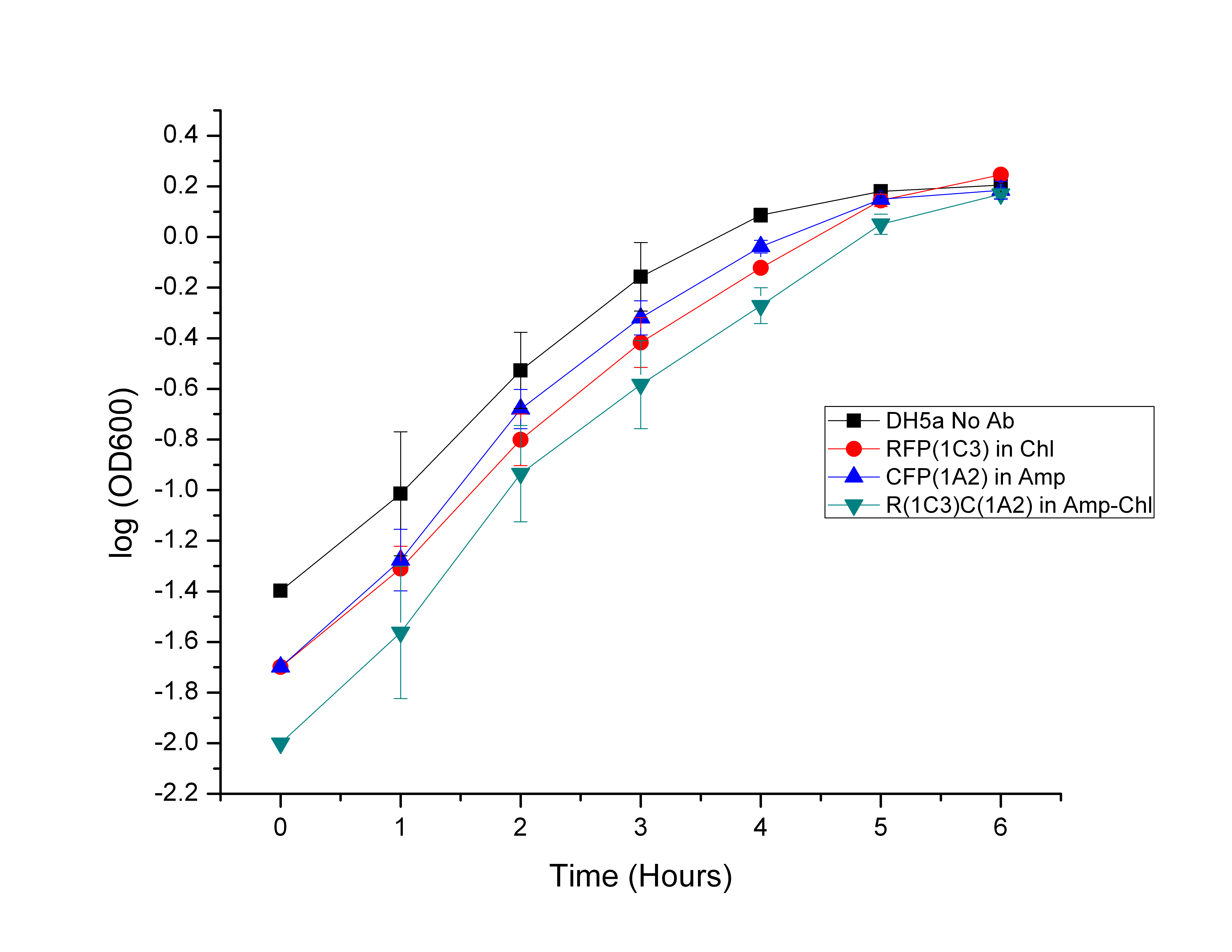
Fig 8.8: log (OD600) vs Time plot for all 4 strains in their corresponding antibiotic media - DH5a in Lb without antibiotics, RFP (pSB1C3) in LB with Chloramphenicol, CFP (pSB1A2) in LB with Ampicillin, RFP (pSB1C3) - CFP (pSB1A2) cells in LB with Chloramphenicol and Ampicillin.
Modeling
For updated results, keep checking here.
Fluorescent Imaging
The panel below shows cells co-transformed with both constructs, namely expressing CFP with Ampicillin and RFP with Chloramphenicol.
(a) shows cells exposed to Bright Field.
(b) shows cells exposed to Red filter.
(c) shows cells exposed to Cyan filter.
For updated results, keep checking here.
 "
"







